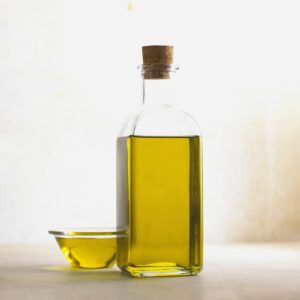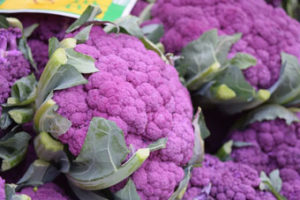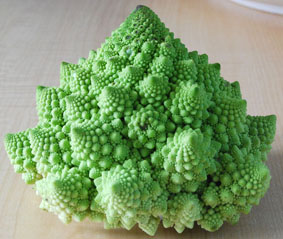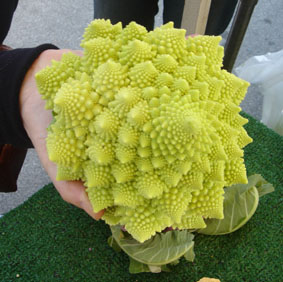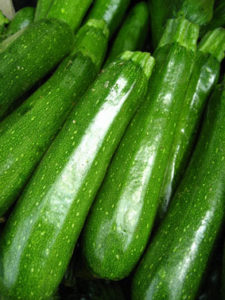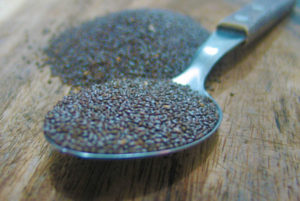 Beetroot for flavor, nutrition, color.
Beetroot for flavor, nutrition, color.
Edible beetroot is the taproot portion of the beet plant (Beta vulgaris subsp. vulgaris Conditiva Group). This vegetable is one of several of the cultivated varieties of Beta vulgaris grown for their edible taproots and their edible leaves (called beet greens).[Wikipedia, “Beetroot”] Beetroot is listed as safe for people who suffer from Histamine Intolerance.
Beetroot’s color can range from white, through red-and-white striped, to golden-yellow or red. The most common color available in stores is a dark, almost purplish red.
In North America, beetroot is also called:
- beet
- table beet
- garden beet
- red beet
- golden beet
Nutritional Information
Raw beetroot is 88% water, 10% carbohydrates, 2% protein, and less than 1% fat. In a 100-gram amount (3.5 ounces) providing 43 calories, raw beetroot is a rich source of folate (one of the B-Group vitamins) and a moderate source of manganese. Beetroots are helpful for weight loss because they provide fiber and water to fill you up, but few calories.
Some people can’t stand the flavor of beets, but others love their sweet earthiness. If you’d like to eat beets but you’re put off by the taste, grate them raw and mix them with other ingredients in smoothies, cookie dough, burgers, hummus, salads or red velvet cake. The other ingredients can soften or disguise the flavor.
Beet greens are rich in calcium, iron and vitamins A and C, so don’t throw them away – use them as you would use spinach or silverbeet (Swiss chard).
Food Coloring Uses
Betanin, obtained from beetroot’s vibrantly-colored roots, is used industrially as red food colorant. It improves the color and flavor of tomato paste, sauces, desserts, jams and jellies, ice cream, candy, and breakfast cereals, among other applications. [Wikipedia, “Beetroot”] Some of the names of beetroot hybrids pay homage to their gorgeous red coloring – such as “Bull’s Blood” and “Ruby Queen”. Famously, red velvet cake is made with beetroot. During the middle of the 19th century, wine was often colored with beetroot juice. In the 21st century it can be used as a coloring for pasta.
Medicinal Uses
Traditionally, Beta vulgaris has also been used as a medicinal plant. “De honesta voluptate et valetudine” (On honest indulgence and good health) was the first cookbook ever printed. It first appeared between 1470 and 1475. The author recommended taking beetroot with garlic to nullify the effects of “garlic-breath”. For many centuries, from the Middle Ages onwards, beetroot was used as a treatment for a range of diseases, especially illnesses of the digestion and the blood.
Beetroot and Apple Juice
Here’s a quick and easy recipe for a refreshing drink: Put beetroot, apple, carrot, celery and a tiny knob of ginger through a juicer and drink it chilled.



